How to drink Ecuadorian San Juan Coffee _ Ecuadorian Coffee roasted _ Ecuadorian Coffee Price
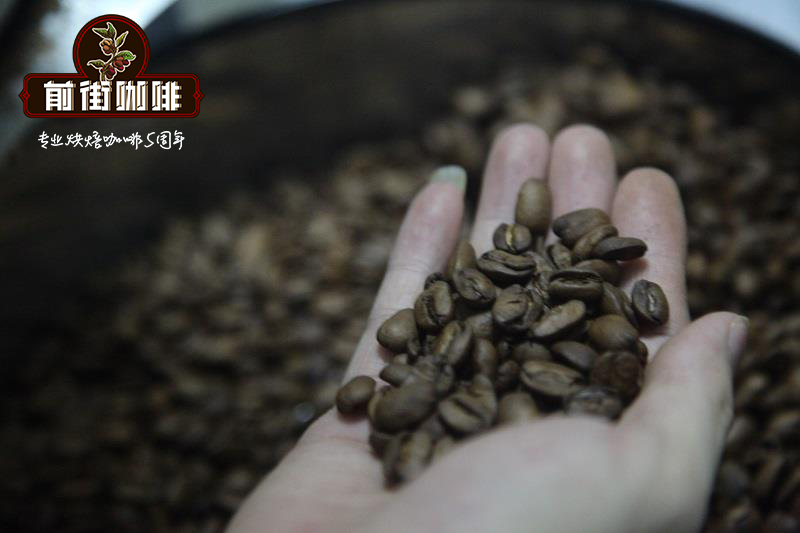
Professional coffee knowledge exchange more coffee bean information please follow the coffee workshop (Wechat official account cafe_style)
The Ecuadorian coffee bean comes from a cooperative organization of boutique coffee raw bean producers in southern Ecuador, which is part of a larger alliance of coffee producers in a region bordering Peru. The association has excellent coordination and leadership, which helps them position themselves as the top producers of Ecuadorian coffee, and the raw coffee beans from this cooperative have won many places in the Taza Dorada competition.
The Taza Dorada contest has been held for many years. Coffee farmers submit their high-quality coffee raw beans for national and international evaluation to determine which are the best micro-batches, which can be said to be Ecuador's COE. Unlike the COE system, Taza Dorada does not adopt an auction system, and the winning batches of raw coffee beans will almost be booked by buyers who know the goods.
Small farmers in this region still maintain the fine tradition of growing traditional varieties such as Typica, Caturra and Bourbon, which has been the key to their success.
The climate is very special in this area, humid almost all the year round, and the temperature fluctuates very comfortably, from 12 to 28 degrees Celsius, averaging about 20 degrees Celsius. This weather is very suitable for the growth of Ecuadorian coffee beans and reflects the flavor in the cup.
Most of the typical coffee and raw bean estates in southern Ecuador are organically grown, and the crops are very diverse. Corn, cabbage, bananas, bees, cattle, fish, fruit and coffee are grown together. Coffee leaf embroidery disease has been a threat to coffee bean producers in the region, and leaf rust has reduced Colombia's coffee production by 50% for a year or two. The simplest solution against leaf rust is intensive chemical applications, but coffee farmers in the region take a more determined organic approach because of their respect for the environment.
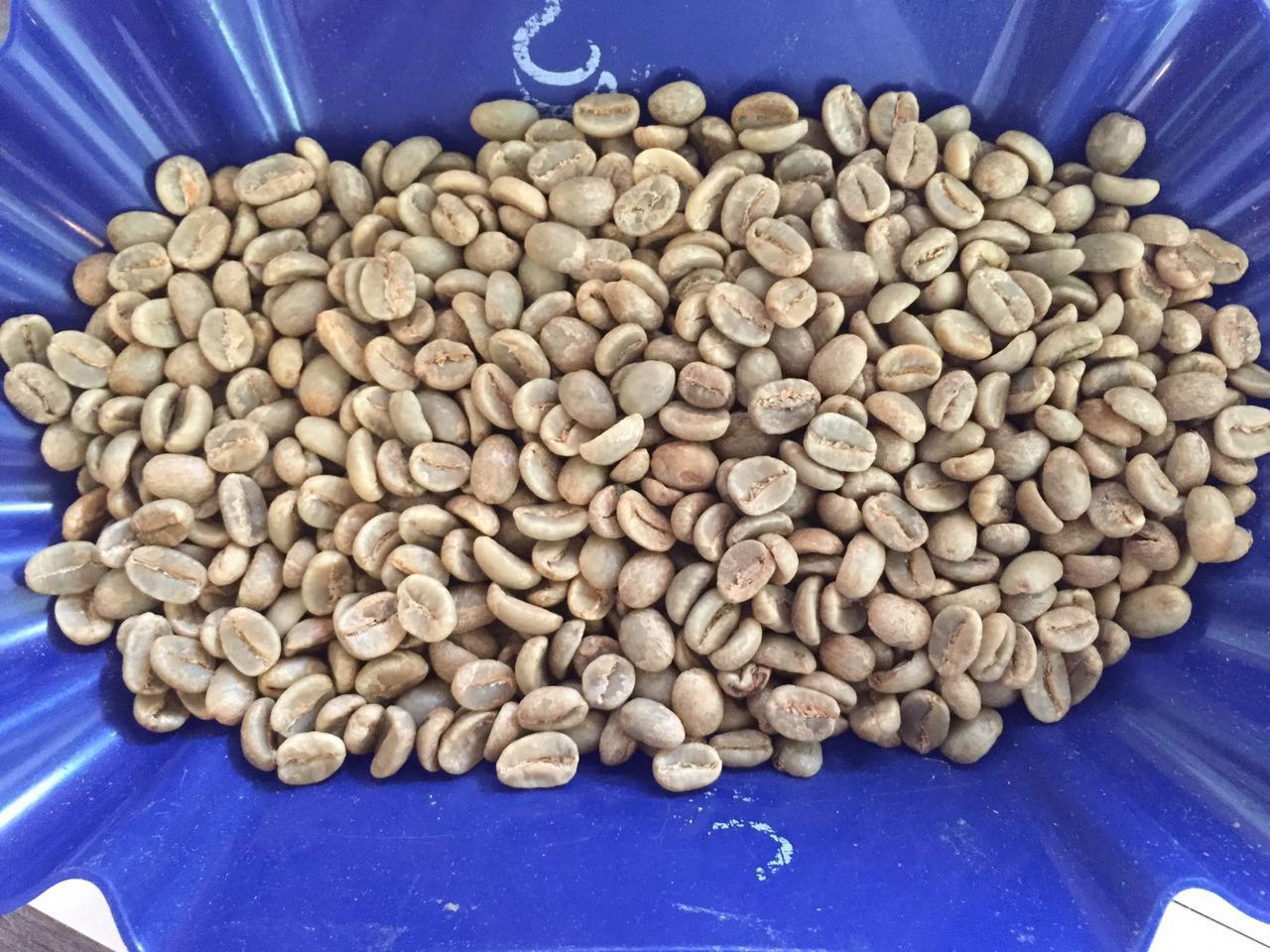
Ecuador Zumba ACRIM
Ecuadorian Coffee Bean Lomba Aklin Peasants Association
National Ecuador (Ecuador)
Rumba (Zumba), Zamora-Chinchipe
1300-1900 meters above sea level
Planting varieties Typica, Caturra and Bourbon
Small farmers, members of producers' cooperatives
The annual rainfall is about 1000-1500 mm
The temperature is 12-28 degrees Celsius.
The area is about 1.5 hectares per member of small farmers.
Treatment washing
The flavor of Qianjie coffee cup: citrus sour aroma, berry aroma, middle peach aroma, tail green tea, cigarette with floral flavor, solid and rich taste.
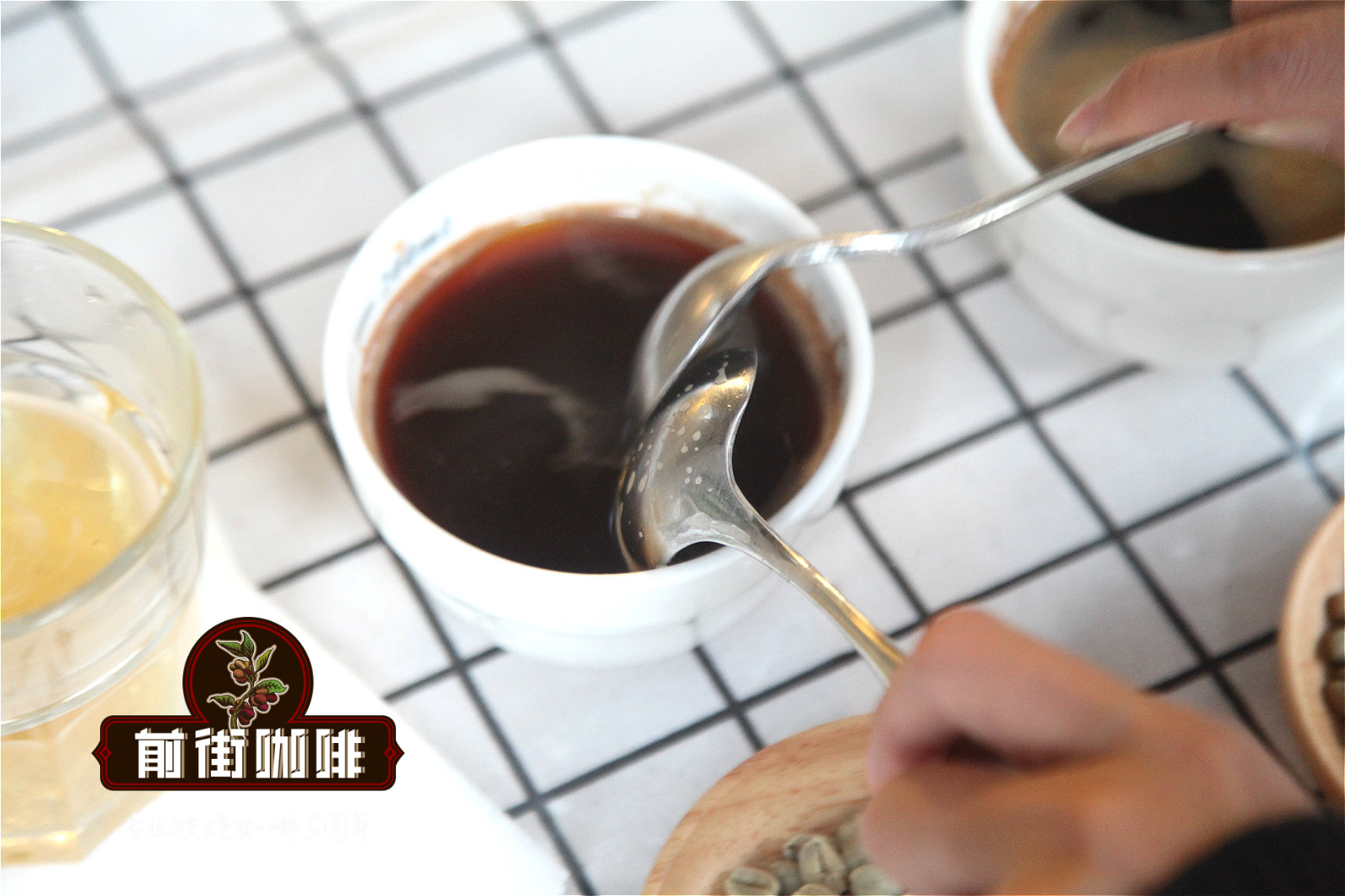
Qianjie coffee is recommended to brew: use V60 powder at 90 ℃ water temperature, 15g powder, powder / water ratio at 1:15, first steam 30g water for 30 seconds, then pour 125g water into powder bed and then 225g, remove filter cup after seeing powder bed.
Qianjie coffee: Guangzhou bakery, the store is small but a variety of beans, you can find a variety of unknown beans, but also provide online store services. Https://shop104210103.taobao.com
Important Notice :
前街咖啡 FrontStreet Coffee has moved to new addredd:
FrontStreet Coffee Address: 315,Donghua East Road,GuangZhou
Tel:020 38364473
- Prev
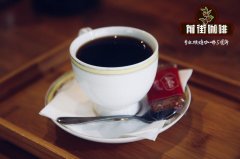
How much is Ecuadorian coffee per cup _ Ecuadorian sea turtle coffee introduction _ Ecuadorian coffee duty
Professional coffee knowledge exchange more coffee bean information please follow the coffee workshop (Wechat official account cafe_style) Ecuador coffee beans La Pagos Islands San Cristobal Island organic beans sea turtles Ecuador Galapagos Islands (Galapagos Islands) is one of the world heritage sites of endangered ecology, the local government to protect the island's precious species (such as Galapagos turtles
- Next
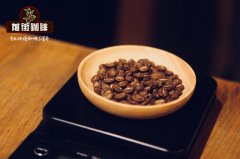
Nicaraguan Coffee Bean Flavor description _ Nicaraguan Coffee production Story _ Nicaraguan Coffee drinking method
Professional coffee knowledge exchange more coffee bean information please follow the coffee workshop (Wechat official account cafe_style) Ecuadorian coffee potential, the output of coffee with exotic flavor, quality is also recommended, but at present the biggest problem is production, Ecuador's annual coffee exports, only 100 containers (1 container = 40, 000 pounds) of washed Arabica coffee
Related
- Detailed explanation of Jadeite planting Land in Panamanian Jadeite Manor introduction to the grading system of Jadeite competitive bidding, Red bid, Green bid and Rose Summer
- Story of Coffee planting in Brenka region of Costa Rica Stonehenge Manor anaerobic heavy honey treatment of flavor mouth
- What's on the barrel of Blue Mountain Coffee beans?
- Can American coffee also pull flowers? How to use hot American style to pull out a good-looking pattern?
- Can you make a cold extract with coffee beans? What is the right proportion for cold-extracted coffee formula?
- Indonesian PWN Gold Mandrine Coffee Origin Features Flavor How to Chong? Mandolin coffee is American.
- A brief introduction to the flavor characteristics of Brazilian yellow bourbon coffee beans
- What is the effect of different water quality on the flavor of cold-extracted coffee? What kind of water is best for brewing coffee?
- Why do you think of Rose Summer whenever you mention Panamanian coffee?
- Introduction to the characteristics of authentic blue mountain coffee bean producing areas? What is the CIB Coffee Authority in Jamaica?

